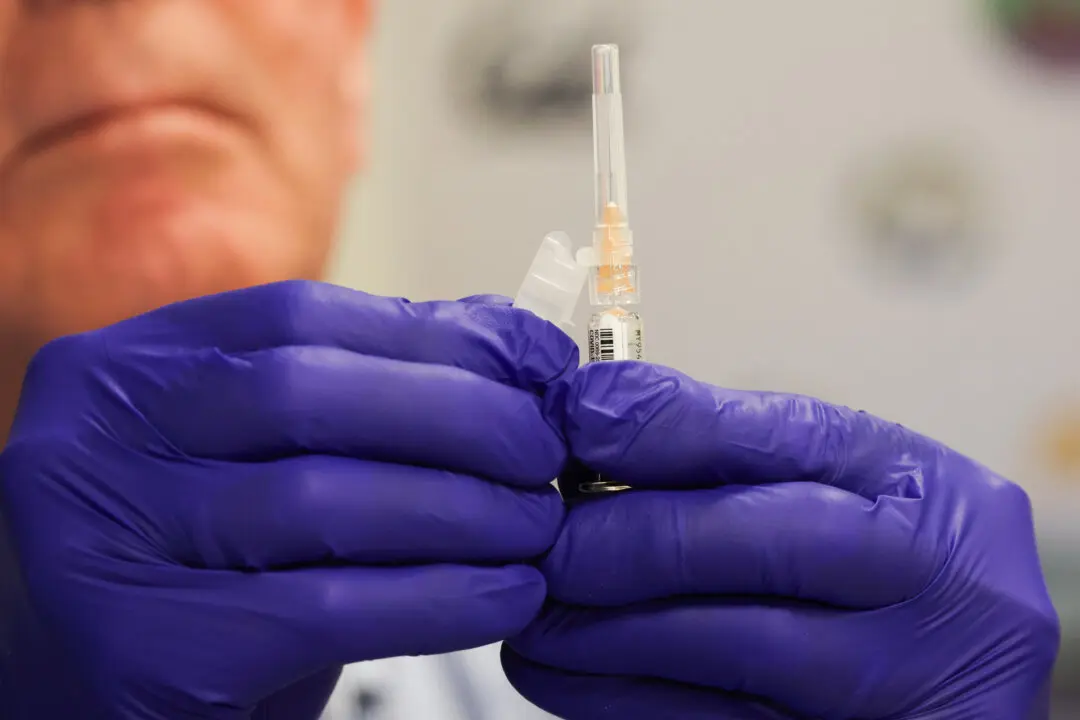COVID-19 cases and hospitalizations are continuing to drop in the United States, U.S. health officials said on Jan. 26, though deaths attributed to the disease have been rising.
The seven-day daily average of cases is around 692,400 cases, down by about 6 percent from the previous week, Dr. Rochelle Walensky, director of the Centers for Disease Control and Prevention (CDC), told reporters in a virtual briefing. The seven-day daily average of COVID-19 hospital admissions also dropped over the past week by about 8 percent, reaching around 19,800 per day, according to Walensky.





